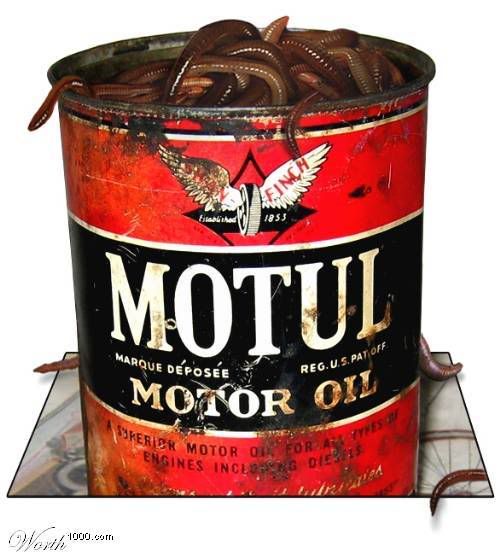- Joined
- Sep 12, 2013
- Messages
- 99
- Location
- Aberdeen
Adjusted the chain for the first time on Saturday, the rear axle nut was ludicrously tight.
The swingarm actually relaxed so much it moved a fair bit along the paddock stand bobbins!
I've read 120NM is recommended by Aprilia, but some people say that's too much and use more like 90NM?
Also, I really don't like the adjusters.
I prefer adjusters where the wheel is pulled towards you as you adjust.
Anyone bought Gilles or similar?
I've read RSV4 Gilles adjustors fit the RSVR swingarm?
They're only £70 a pair, I will happily buy them if they fit.
The swingarm actually relaxed so much it moved a fair bit along the paddock stand bobbins!
I've read 120NM is recommended by Aprilia, but some people say that's too much and use more like 90NM?
Also, I really don't like the adjusters.
I prefer adjusters where the wheel is pulled towards you as you adjust.
Anyone bought Gilles or similar?
I've read RSV4 Gilles adjustors fit the RSVR swingarm?
They're only £70 a pair, I will happily buy them if they fit.

